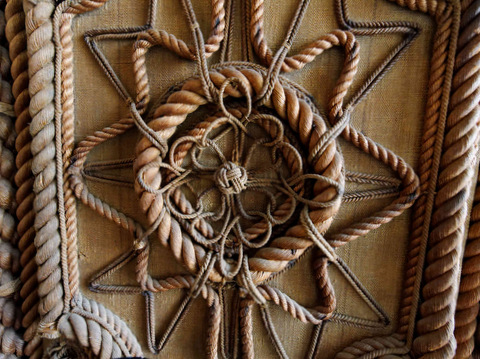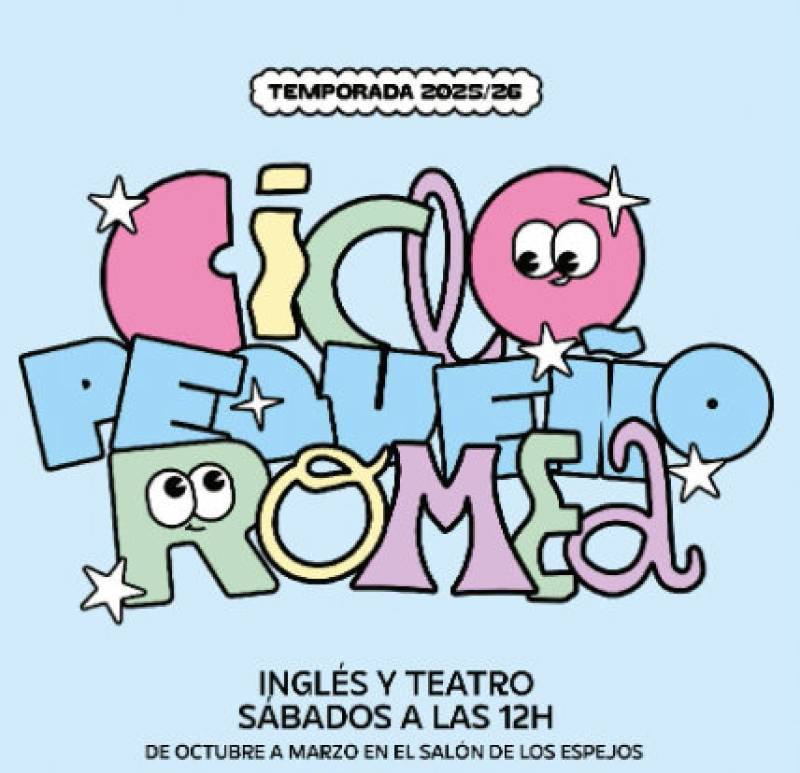- Region
- Águilas
- Alhama de Murcia
- Jumilla
- Lorca
- Los Alcázares
- Mazarrón
- San Javier
-
ALL AREAS & TOWNS
- AREAS
- SOUTH WEST
- MAR MENOR
- MURCIA CITY & CENTRAL
- NORTH & NORTH WEST
- TOWNS
- Abanilla
- Abarán
- Aguilas
- Alamillo
- Alcantarilla
- Aledo
- Alhama de Murcia
- Archena
- Balsicas
- Blanca
- Bolnuevo
- Bullas
- Cañadas del Romero
- Cabo de Palos
- Calasparra
- Camping Bolnuevo
- Campo De Ricote
- Camposol
- Canada De La Lena
- Caravaca de la Cruz
- Cartagena
- Cehegin
- Ceuti
- Cieza
- Condado de Alhama
- Corvera
- Costa Cálida
- Cuevas De Almanzora
- Cuevas de Reyllo
- El Carmoli
- El Mojon
- El Molino (Puerto Lumbreras)
- El Pareton / Cantareros
- El Raso
- El Valle Golf Resort
- Fortuna
- Fuente Alamo
- Hacienda del Alamo Golf Resort
- Hacienda Riquelme Golf Resort
- Isla Plana
- Islas Menores & Mar de Cristal
- Jumilla
- La Azohia
- La Charca
- La Manga Club
- La Manga del Mar Menor
- La Pinilla
- La Puebla
- La Torre
- La Torre Golf Resort
- La Unión
- Las Palas
- Las Ramblas
- Las Ramblas Golf
- Las Torres de Cotillas
- Leiva
- Librilla
- Lo Pagan
- Lo Santiago
- Lorca
- Lorquí
- Los Alcázares
- Los Balcones
- Los Belones
- Los Canovas
- Los Nietos
- Los Perez (Tallante)
- Los Urrutias
- Los Ventorrillos
- Mar De Cristal
- Mar Menor
- Mar Menor Golf Resort
- Mazarrón
- Mazarrón Country Club
- Molina de Segura
- Moratalla
- Mula
- Murcia City
- Murcia Property
- Pareton
- Peraleja Golf Resort
- Perin
- Pilar de la Horadada
- Pinar de Campoverde
- Pinoso
- Playa Honda
- Playa Honda / Playa Paraíso
- Pliego
- Portmán
- Pozo Estrecho
- Puerto de Mazarrón
- Puerto Lumbreras
- Puntas De Calnegre
- Region of Murcia
- Ricote
- Roda Golf Resort
- Roldan
- Roldan and Lo Ferro
- San Javier
- San Pedro del Pinatar
- Santiago de la Ribera
- Sierra Espuña
- Sucina
- Tallante
- Terrazas de la Torre Golf Resort
- Torre Pacheco
- Totana
- What's On Weekly Bulletin
- Yecla


- EDITIONS:
 Spanish News Today
Spanish News Today
 Alicante Today
Alicante Today
 Andalucia Today
Andalucia Today
Museo Naval Cartagena
Cartagena Naval Museum
The Museo Naval of Cartagena transferred to its new location in May 2012.
 The Museum is located in a building which is generally referred to as the CIM building, CIM standing for Cuartel de Instrucción de Marinería, a location used for training young marines joining the Spanish navy between 1946 and 1999 when it became redundant. A complete modernisation was undertaken by
The Museum is located in a building which is generally referred to as the CIM building, CIM standing for Cuartel de Instrucción de Marinería, a location used for training young marines joining the Spanish navy between 1946 and 1999 when it became redundant. A complete modernisation was undertaken by  Cartagena architect José Manuel Chacón between 2007 and 2010, and has won a number of prizes, fusing the historic element with striking modern materials to create a spacious and practical space shared by the Polytechnic and the Naval Museum.
Cartagena architect José Manuel Chacón between 2007 and 2010, and has won a number of prizes, fusing the historic element with striking modern materials to create a spacious and practical space shared by the Polytechnic and the Naval Museum.
Originally the building was constructed between 1776 and 1785 as a prison and lodgings for felons and  convicted criminals, used as a hard labour workforce to carry out the construction work on the other naval buildings in Cartagena, including the Arsenal next door.
convicted criminals, used as a hard labour workforce to carry out the construction work on the other naval buildings in Cartagena, including the Arsenal next door.
A chilling reminder of the slave and felon labour used in construction can be seen in one of the exhibits, metal shackles displayed in one of the cases in the zone relating to vessel construction.
Great care and attention has been paid to ensuring that visitors of all nationalities to the Museum can enjoy the visit fully, with all informative panels displayed in both Spanish and well translated English.
The comprehensive display deals with all the logistics of marine life, from the construction of vessels, through  nautical sciences and navigation, artillery, naval health, uniforms and flags, naval art, and submarines and diving in the Spanish navy.
nautical sciences and navigation, artillery, naval health, uniforms and flags, naval art, and submarines and diving in the Spanish navy.
The Museum is particularly proud of its area dedicated to health, including pieces used in the former military hospital in Cartagena, the imposing building crowning the Muralla del Mar which today houses much of the University activity within Cartagena, this museum being the only one in Spain with such an important collection of medical artefacts.
The museum also has a further display in a separate pavilion outside which includes the Isaac Peral submarine .This submarine was formerly one of the most iconic photographic subjects in Cartagena when it  formed the centrepoint for a water feature greeting arriving visitors from the cruise port, but deterioration in its condition resulted in its relocation and restoration in the new "hall of the submarines" in which it is the prize exhibit.
formed the centrepoint for a water feature greeting arriving visitors from the cruise port, but deterioration in its condition resulted in its relocation and restoration in the new "hall of the submarines" in which it is the prize exhibit.
The museum has an interesting sala for anyone interested in submarine history, showing the developments in submarine construction throughout the years, Cartagena being the only location within Spain in which submarines were manufactured for the navy for almost a hundred years andare still constructed in the nearby Navantia docks.
Its an interesting and considered display, with material grouped into relevant themed areas, and is well worth visiting for anyone with an interest in Cartagena´s naval history or naval history in general and contains many  important historical pieces.
important historical pieces.
British visitors may be interested to see the cannon which is in the armaments section, a cannon which came from British vessel, the Phoebe. HMS Phoebe was a 36 gun frigate built in 1795 and had a busy active service life, participating in several wars, including the Napoleonic and Wars of Independence. She is  probably best known for her ròle as signals vessel during the Battle of Trafalgar. British vessels were stationed here in Cartagena during the Wars of Independence, supporting the Spanish in their battle against the French.
probably best known for her ròle as signals vessel during the Battle of Trafalgar. British vessels were stationed here in Cartagena during the Wars of Independence, supporting the Spanish in their battle against the French.
There are many exhibits with a story to tell, and the museum is happy to arrange guides for groups, although  ask for good notice in the case of English speaking groups as the guides are all volunteers, and most don´t speak English, so a little more time is required.
ask for good notice in the case of English speaking groups as the guides are all volunteers, and most don´t speak English, so a little more time is required.
Tel:968 12 71 38 Email: museonavalct@hotmail.com
Opening Times:
Winter opening hours: The Museum is open from Tuesday to Sunday 10am to 1.30pm and 5pm to 8.30pm.
Summer Hours
Monday to Friday: From 9am to 2pm
Evenings: closed
Weekends and fiestas: closed
Entry is free although a voluntary donation of 3 euros is welcomed
Where is the Naval Museum in Cartagena?
The Museum is at the far end of the portside Muelle de Alfonso XII, which is the waterside area of Cartagena,  by the whale tail sculpture, in the base of the CIM building, the magnificent building which combines historical stone and modern architectural features, on the corner of Calle Real and Calle Pescadería. Entrance to the museum is on the waterside, the doorway framed with two enormous anchors.
by the whale tail sculpture, in the base of the CIM building, the magnificent building which combines historical stone and modern architectural features, on the corner of Calle Real and Calle Pescadería. Entrance to the museum is on the waterside, the doorway framed with two enormous anchors.
There is underground parking in Calle Real or beneath the Muelle in the portside area, Click Cartagena underground parking.
Visitors with an interest in Naval or Military history may enjoy some of the other locations around Cartagena with military and naval connections. Click Following the Military Trail for more suggestions.
Paseo Alfonso XII, s/n- Tel: 968 127 138





































